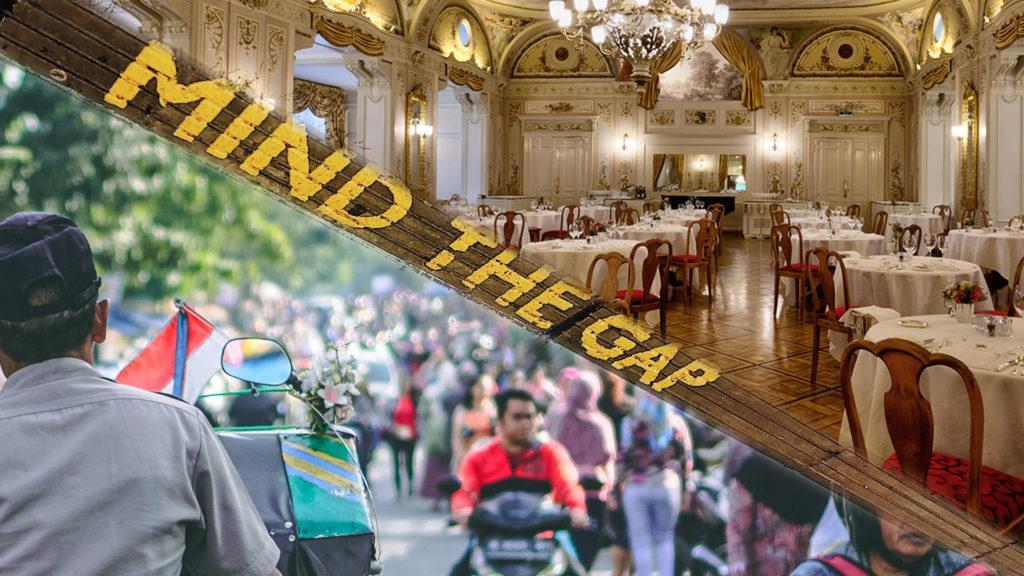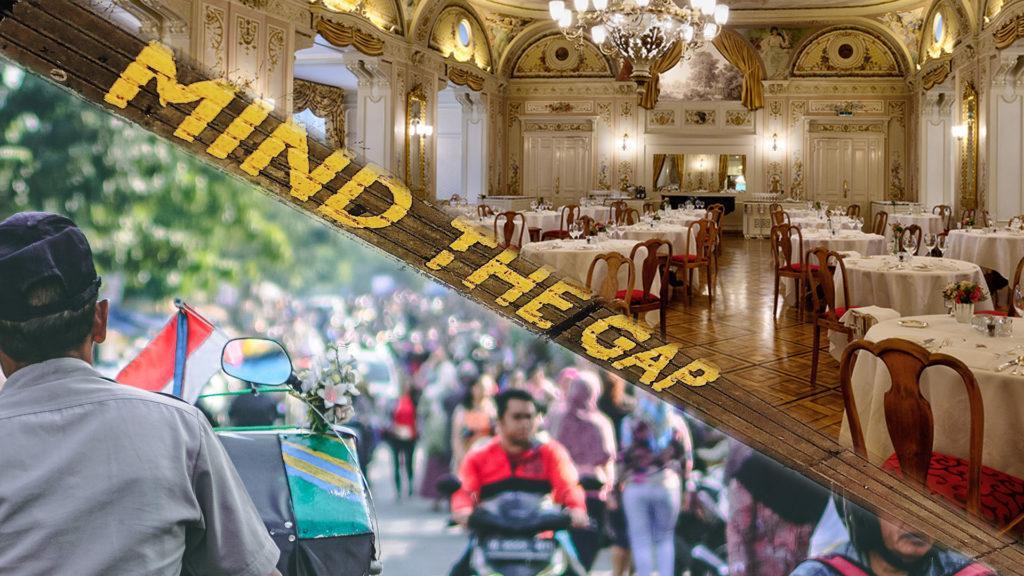
Many low-middle income countries rely at least partly on international foreign aid to tackle public health problems. The funding is generally managed by non-government organizations (NGOs). I used to work as a technical officer in an NGO in my home country, Indonesia, before starting my masters in the health economics, policy and management at Karolinska Institutet in Sweden. This NGO specialized in tuberculosis control in collaboration with the ministry of health, and my work focused on assisting both public and private health facilities to have adequate tuberculosis care. While doing so, I noticed stakeholder meetings and capacity-building workshops almost invariably pop up in the NGO work plan. Although not without merit, in this short article, I would like to tell you an inconvenient truth about them – well, at least for many of the ones I attended – and then offer some suggestions for improvement.
For a start, such activities are usually held at fancy hotels. Thus, an immediate reaction when discovering these activites in the workplan would be a “wow moment”, thinking of all kinds of foods, drinks and sweet cakes that would be provided. But this moment would quickly fade: I have observed many meetings and workshops that start off with government officials or seniors talking at (any) length during the opening remarks. Presentations often consist of “recycled”, out-of-date slides with lengthy texts. Presenters read out the slides without knowing how to deliver a good presentation.
When it’s time for a panel discussion, all “high-level experts” sit on deluxe chairs to answer all questions from the participants. Occasionally, there are also small group discussions with NGO facilitators and their remarkable flip charts. Everyone comes up with their best (often unrealistic) ideas, which the facilitators collect on the flip charts. Back in plenary, the participants then produce a list of fantastic pie-in-the-sky goals to which they commit. Commitment signatures are collected on big white banners. A group photo or short video shouting the meeting slogan is taken to be included in the project report. Finally, everyone lines up at the registration table to pick up their per diem envelope (the high officials or seniors have the privilege to receive their envelope first, without even having participated in the whole event). Everybody happy, I hear you say.
The question is, though, what happens next. What will happen after they exit the door of that meeting room and return to real life? Will all of those lofty goals be turned into action?
A letter to my old self: three things that might help you
From the above picture, you might perhaps have gotten a slightly different view, but please don’t get me wrong; these two activities are not destructive at all. At least if they make sense and if so, are done well. Here’s some triple advice in that respect.
Let me first borrow a leaf from my experience as a clinician. When I encounter unconscious patients, I will normally consider several different diagnoses, whether they are in a hypoglycemic state, stroke, metabolic acidosis, and so on. Different scenarios will have different treatments. Things should be no different in tackling public health issues. One should avoid conducting the same activities over and over again if the problem in the field is not the same every time, every place. No one size fits all, a.k.a there’s really no need for the same “capacity building” for each and every issue. By way of example, in my opinion, it’s impossible to deliver complex technical knowledge and skills with only one- or two-day capacity building meetings. Alas, that’s what I often encountered in the field. Instead of meetings, in these cases, maybe you can set up regular visits to key health facilities with a “champion”? Training a few people might yield good practice and lessons learned in the future. As a side benefit, this will also prevent you from flushing thousands of dollars needlessly down the toilet. Put differently, instead of tossing a bucket full of water into a thousand bottles, pouring water one-by-one to only ten of them might in some cases be more ‘value for money’. It all depends, in other words, what form ‘capacity building’ should take.
Now, if you do need to organize a meeting (for example, it’s okay to have them if you introduce a new project and deliver a general plan), people need to know the agenda behind it. By ‘people’ I mean everybody involved: the donor, NGO officers, participants (public officials, other people, etc.). Of course, a donor or public officials might already have an agenda at some level. However, if you want to make a change, think thoroughly, prepare yourself well before the meeting, read the relevant publications related to the topic, set aside “previous” slides on a “similar” issue and instead create your own curated PowerPoint slides. On D-day, deliver your practical and evidence-based ideas to your audience with sound knowledge of giving a presentation. It’s something of a miracle if certain people’s “agendas” meet the relevant scientific evidence, isn’t it? Giving a presentation – no sweat! Having seen too many other examples in the past, I beg to differ, so I think it’s good to be very well prepared, and try your utmost to make indeed agendas align as much as possible with scientific evidence.
Finally, you will need to remind everyone of the need to mind the gap between the meeting room and real life. Indeed, it’s easy to feel lost after participants exit the door of those fancy meeting rooms. So, you must develop unsophisticated “take-home messages” and monitoring tools to check the situation from time to time. It’s best to team up with other staff in your organization. Also, inform the audience that starting with a small chunk of recommendations will not necessarily be harmful. Package your take-home messages and monitoring steps in an attractive way and share them with all participants.
And then, fingers crossed that indeed people will “mind the gap” after they exit that posh door!

Excellent article! It seems that is the reality in the “cooperation world” in all the LMICs. Thank you for your reflections and advice.
It’s a hard-truth reality! Nice article.